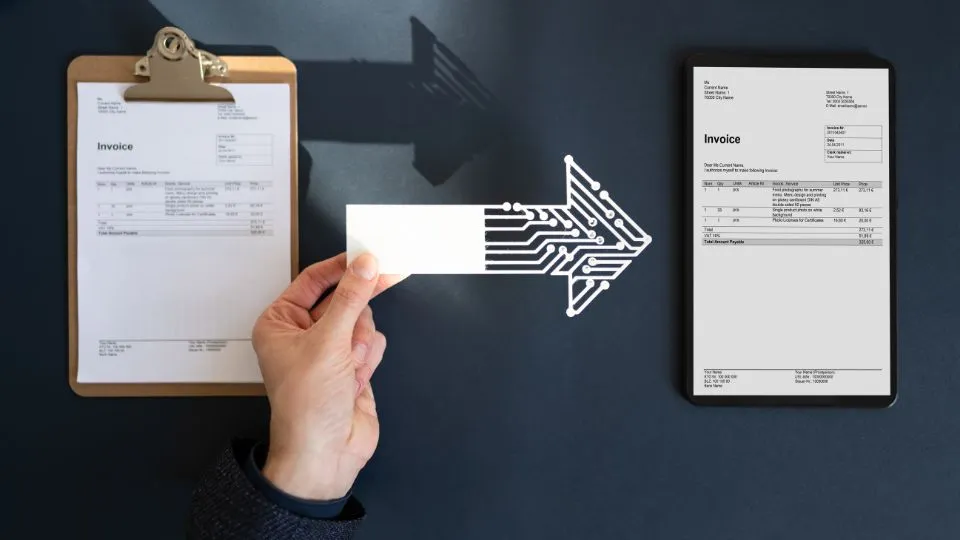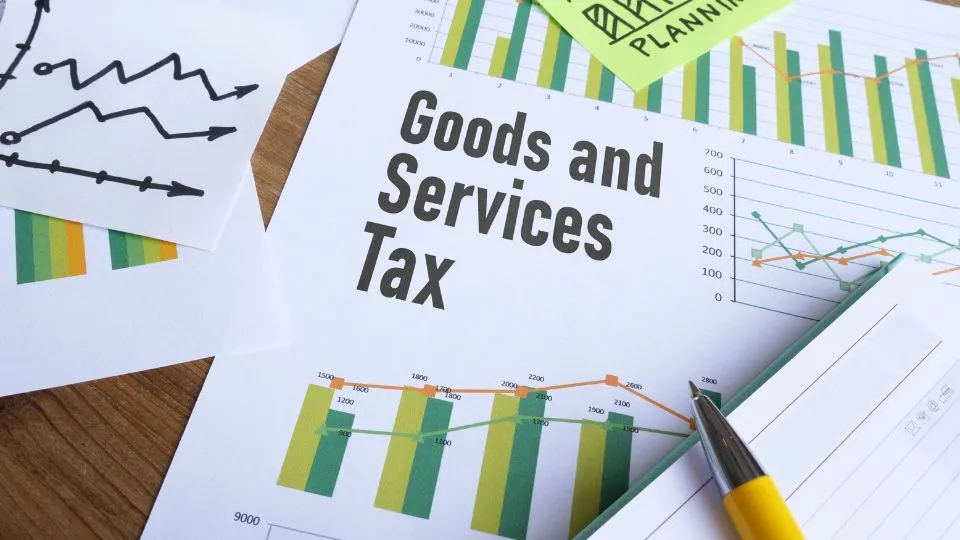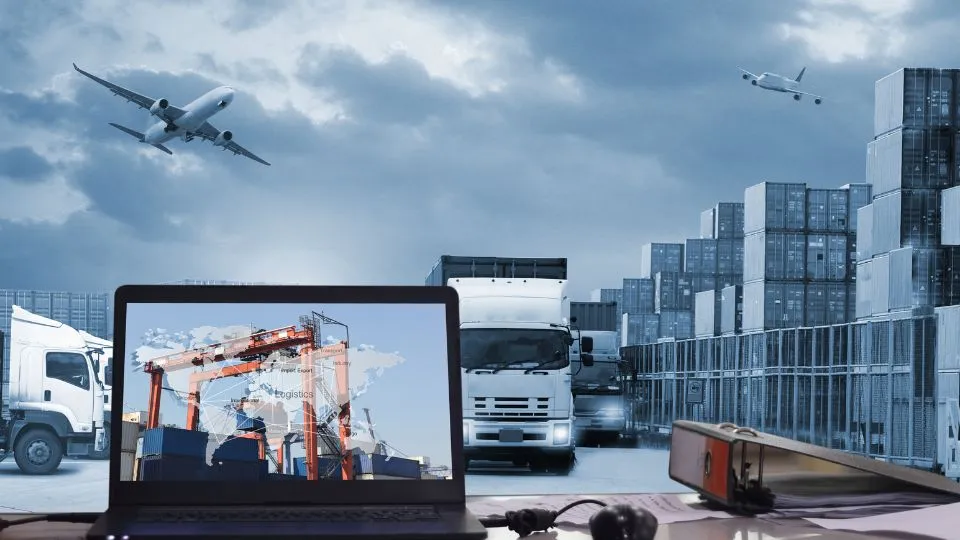Did you know the global freight forwarding market is expected to reach $207 billion by 2028?
It will be growing at a steady rate of 4.5% annually!
While that’s a reason to celebrate, it is also important to look at how freight forwarding trends are going to shape up in the years to come.
With the rise of e-commerce, freight forwarding has become more dynamic than ever.
Adopting digital tools, AI, and eco-friendly logistics solutions has dramatically accelerated the pace of change.
These recent shifts are primarily driven by technological advancements, shifting customer expectations, and ever-evolving regulations.
In this article, we’ll highlight some of the major trends shaping the freight forwarding industry. You will also discover actionable insights to help you adapt and seize new opportunities.
Let’s take a look at how the freight industry has evolved.
How Freight Forwarding Has Changed Over Time?
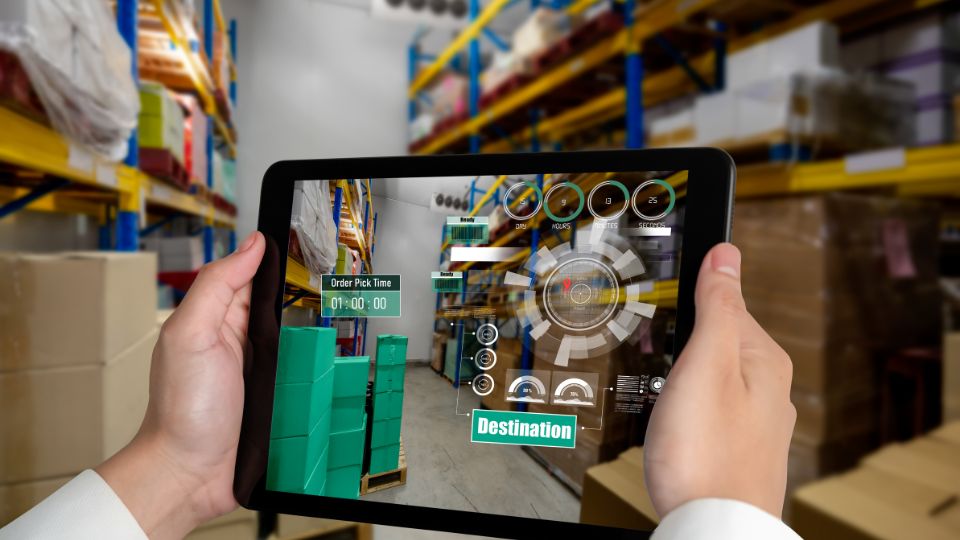
The evolution of freight forwarding is driven by technology, globalization, and a shift in the mindset. Here’s a breakdown of the key factors reshaping the industry:
1. Technology Advancements
In the past, freight forwarding was a manual,paper-based process with limited shipment visibility.
Today, digital platforms, real-time tracking systems, and automation have revolutionized the industry. These tools improve efficiency and reduce human error, offering more transparency.
2. Globalization
With the rise of global trade, the freight industry has expanded beyond regional boundaries. Companies now handle international shipments and manage complex supply chains more effectively. Navigating customs regulations across multiple countries has also become streamlined.
3. Customer Expectations
Customers expect faster and more reliable deliveries. In response, freight forwarders offer shorter transit times, enhanced tracking capabilities, and a wider range of shipping options.
4. Environmental Sustainability
Sustainability is a key concern in freight forwarding. With the growing awareness of climate change, sustainable logistics solutions are in high demand. Key initiatives include energy-efficient shipping methods, carbon offset programs, and sustainable packaging.
5. Automation & Artificial Intelligence (AI)
AI-powered tools help with route planning, predictive analytics, and inventory management. It enables businesses to operate more efficiently at lower costs.
The freight forwarding industry now faces new trends that are redefining its future.
Let’s explore these new trends.
6 Key Trends Shaping the Future of Freight Forwarding
Freight forwarding trends also influence how businesses operate and adapt to changing demands in the coming years.
Here are six key trends to watch:
1. Digital Transformation and Automation

The digital transformation in freight forwarding has already revolutionized operations. And it is only going to experience an even bigger shift in the coming years. Automated systems are replacing manual processes to improve accuracy and efficiency.
Artificial intelligence (AI) and machine learning (ML) are helping freight forwarders analyze large datasets to make better decisions.
For instance, AI can predict delays, and optimize sea routes.
Real-time tracking provides live updates on location, temperature, and conditions, giving complete visibility into the supply chain.
2. Real-Time Data and Enhanced Visibility

Freight forwarding very much depends on real-time data. Advanced tracking systems provide real-time updates on shipment locations. This allows businesses and clients to monitor the progress of their shipments at every stage.
This level of visibility reduces uncertainties and improves communication. It also allows quick problem-solving and addressing delays proactively.
IoT devices collect real-time data on shipment location, condition, and environment.
These tracking systems help freight forwarders predict and prevent potential disruptions. If a shipment goes off course, real-time alerts allow quick adjustments, reducing delays.
These technologies improve operational efficiency and build clients’ trust by providing complete transparency throughout the supply chain.
3. Sustainability Initiatives

Sustainability plays a major role these days in any business. With rising concerns, freight forwarders are also adopting green logistics practices.
Electric trucks, biofuels, and carbon-neutral shipping options are preferred options by the companies to minimize their carbon footprint.
Another way of optimizing supply chain operations is by streamlining routes and consolidating shipments to reduce unnecessary travel and fuel consumption.
4. Global Supply Chain Resilience and Security
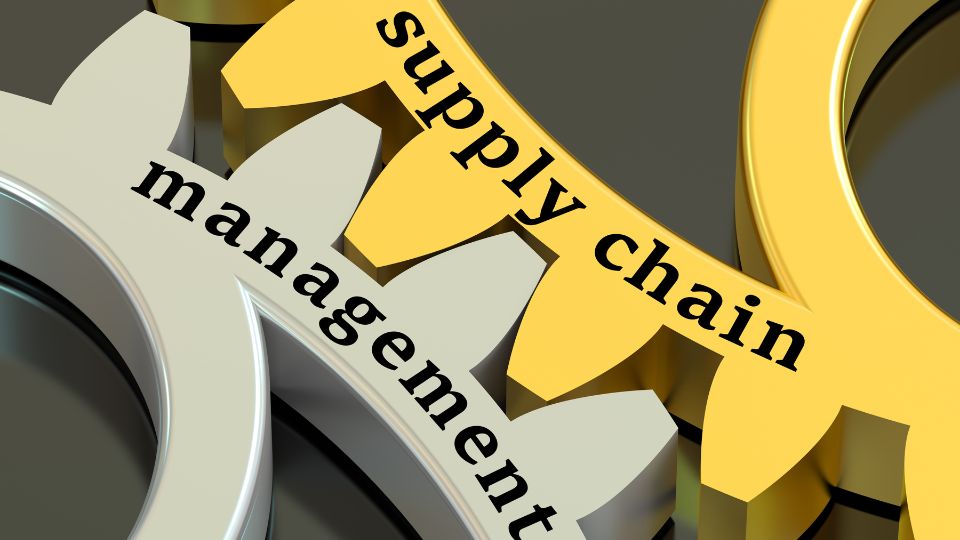
Freight forwarding businesses face various challenges, from geopolitical tensions to natural disasters which can delay operations. To avoid bottlenecks, companies are diversifying suppliers and shipping routes.
Global supply chain resilience focuses on creating a flexible and responsive network. A flexible supply chain is crucial for reducing risks.
It is wise to develop strong contingency plans to handle unexpected happenings more efficiently.
5. Workforce Transformation and Skill Development

The rise of e-commerce has placed new demands on freight forwarders, particularly in last-mile delivery. This also increases the need for skilled workers.
To handle advanced tools like AI, automation, and real-time data platforms, the workforce has to stay competitive and efficient.
This provides continuous learning opportunities and helps the team adapt to changing technologies and processes.
6. The Rise of Digital Freight Platforms
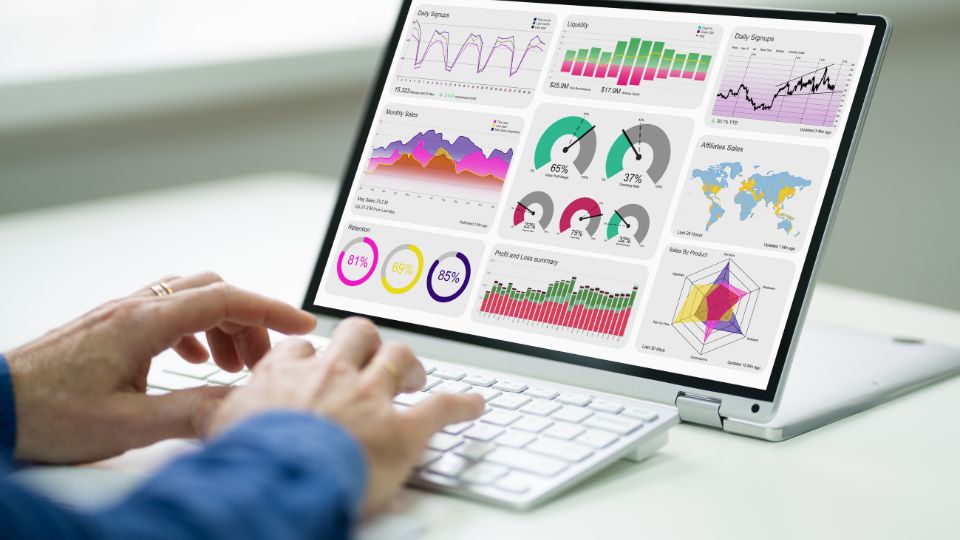
Digital freight platforms are gaining popularity in the freight forwarding industry. These connect shippers, carriers, and freight forwarders in an efficient digital environment.
These make shipment booking and management more efficient, transparent, and cost-effective.
They also help in predictive analytics, forecasting demand, planning capacity, and avoiding delays.
As these trends shape the present, the next five years promise even greater changes.
Let’s first look into how Nestlé transformed its supply chain operations using a cloud-based solution.
Case Study: How Nestlé Revolutionized their Supply Chain

When the COVID-19 pandemic hit in 2020, it disrupted supply chains worldwide. Nestlé, with operations spanning 186 countries and over 2,000 brands, also struggled to track their shipping operations across Europe.
Lockdowns and border closures made it difficult to ensure on-time delivery of temperature-sensitive products. This in turn led to inconsistent delivery times and lower customer satisfaction.
To overcome these challenges, Nestlé took a bold step by adopting a cloud-based tracking system. Their goals were clear:
- Decrease transportation costs
- Reduce carbon emissions
- Improve service quality
- Enhance customer satisfaction
For this, Nestlé adopted a cloud-based solution. This provided essential features like live truck tracking and predictive ETA information.
Automated ETA calculations allowed the team to track shipments and deliveries more efficiently. This integration streamlined their shipping operations and improved overall supply chain efficiency.
As a result, on-time deliveries increased, decreased manual operations, boosting customer satisfaction.
Nestlé’s success story highlights the power of digital tools and collaboration with reliable logistics providers. Platforms like SeaRates ERP offer similar advanced tracking and monitoring solutions that can help you maintain smooth supply chain operations.
Discover how digital freight platforms like SeaRates ERP can streamline your supply chain, and enhance efficiency.
Take the first step towards smarter freight management today.


Freight Forwarding Trends: What the Next Five Years Will Bring?

The freight forwarding industry is evolving faster than ever. This is due to the increasing demand for fast and reliable international shipping.
1. Predicted Technological Advancements
Artificial Intelligence, Machine Learning, and Automation are transforming the logistics industry.
These technologies are optimizing supply chains, predicting demand, and streamlining operations.
In the upcoming years, these technologies can bring in new tools in the industry to improve the efficiency of your business.
2. Changes in Customer Service Models
Customer service in freight forwarding is shifting towards a more personalized, on-demand model.
To stand out you must offer seamless communication channels, 24/7 support, and quicker response times to meet these demands.
You can use AI-powered chatbots, automated responses, and tracking systems to enhance customer service.
3. Cybersecurity and Data Protection
Switching to digital platforms and cloud technology and keeping data safe and secure is foremost to gain customers’ trust.
To protect sensitive information, you need to invest in robust security measures. This includes using encryption to protect data, regular system updates, and following international data protection standards like GDPR.
These security measures protect your business from cyber threats while keeping your operations running smoothly.
4. Market Consolidation Predictions
The freight forwarding industry may see more consolidation.
Global expansion and strategic partnerships will enable companies to tap into new markets and offer comprehensive solutions.
Larger companies may acquire smaller ones to expand their market presence, improve efficiency, and enhance services.
This trend could lead to larger companies dominating the market, creating both challenges and opportunities for smaller businesses.
Investing in digital technologies is crucial for staying ahead of the curve and meeting the evolving needs of customers.
5. Blockchain Security
Technology is constantly evolving with time so is the freight industry. Advancements like blockchain are transforming operations, speeding up customs clearance, and reducing the risk of fraud.
According to Allied Market Research, the digital freight forwarding market is expected to reach $22.92 billion by 2030. This growth comes with a remarkable annual rate of 23.1%.
Blockchain technology is significant in this growth. It provides a secure way to handle contracts, track shipments, and verify transactions.
Conclusion: Preparing for the Future
To scale your freight forwarding business in the next five years, you need to embrace the latest tech and use available tools smartly.
You must prioritize sustainability to comply with environmental standards and appeal to eco-conscious customers.
Freight forwarding businesses that proactively adapt to these changes can have a competitive edge in the dynamic logistics landscape.
Whether you’re running a small freight forwarding business or managing a large operation, the future offers an exciting array of possibilities to grow and improve your services.





